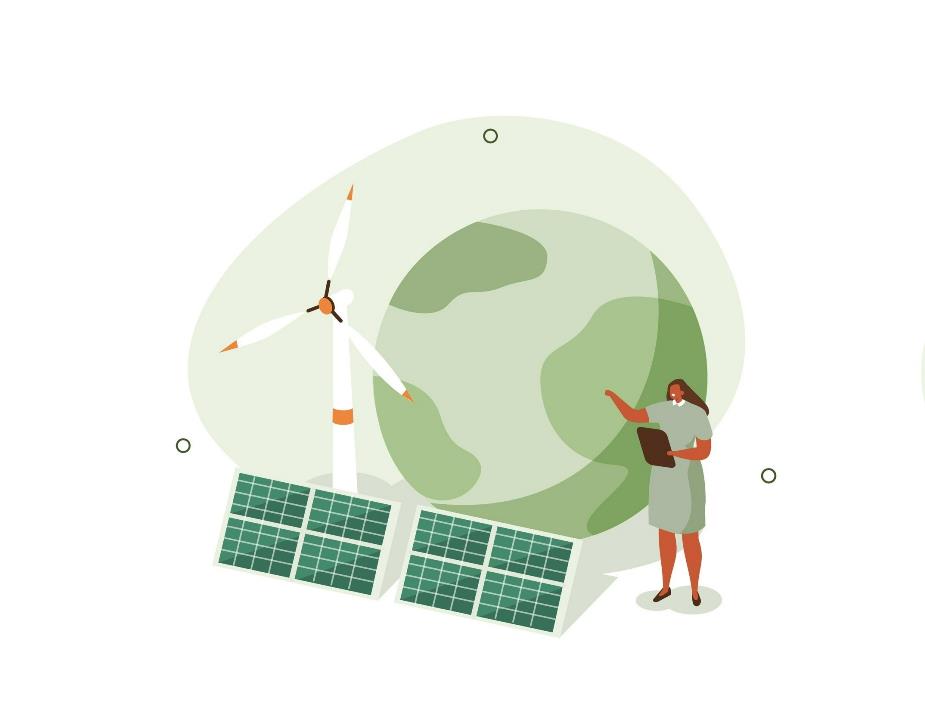What made small labs great
28 April 2022
Whereas at the beginning of this millennium we had Earth Overshoot Day every year, this year we are celebrating Earth Regeneration Day for the second time. By 31 December 2029, we will have touched only 90 per cent of...

Whereas at the beginning of this millennium we had Earth Overshoot Day every year, this year we are celebrating Earth Regeneration Day for the second time. By 31 December 2029, we will have touched only 90 per cent of the resources that the earth made available that year. ‘It's great that nature is slowly but surely recovering from all the damage we have caused it,’ says Anja Overdiek, associate professor at the Mission Zero Centre of Expertise. She is proud of all the living labs that contributed to this transition. ‘In the early 2020s, living labs shot up like mushrooms to bring about sustainable transitions. Then, between 2021 and 2023, we started researching: what makes living labs the perfect environments for sustainable innovations?’
Out of the familiar roles
Overdiek remembers that many labs had to find their feet in the beginning. ‘The concept of co-creation was still quite complicated at the time,’ she laughs. ‘But by doing a lot of research and sharing best practices, labs got better and better at handling this. You saw lab participants step out of their familiar roles and start thinking, acting and organising things in a completely different way. In city labs, for example, you saw that municipalities participated much more as stakeholders in joint experiments, and that energy suppliers began to focus more on supporting citizens. But in each lab, things were different: exactly what suited the circumstances and the people. The most beautiful thing to see, I think, is that preserving the earth has brought people closer together. With nature and the next generations as a starting point, people get a lot done!’
Read more
Does this article raise any questions? Read how the project Future-Proof Labs wants to strengthen labs to achieve the climate goals. Do you have a lab and wonder if you are on the right track?